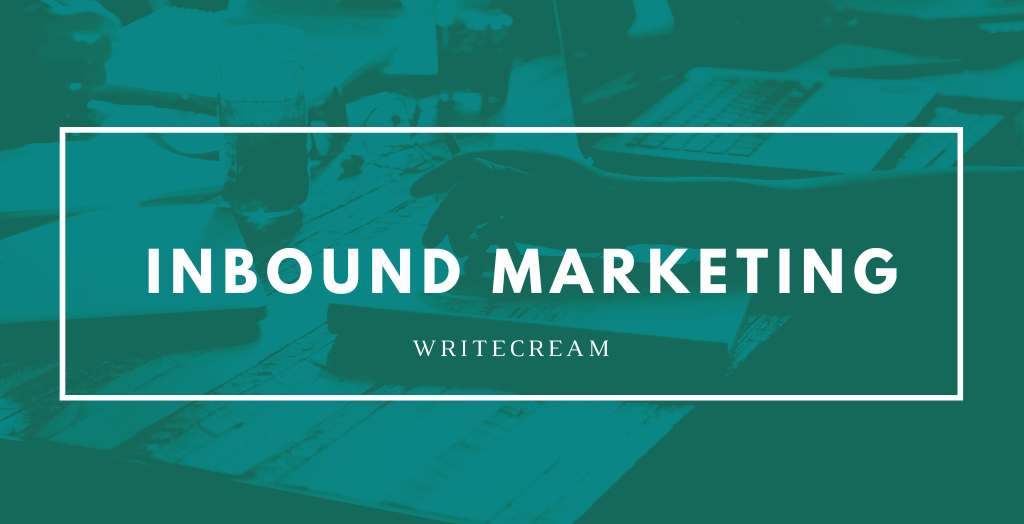
You’ve probably heard the phrase “inbound marketing,” but what does it actually mean? With so many marketing options available, it can be challenging to stay organized. A method of attracting customers to a product by balancing content marketing, social media marketing, search engine optimization, and branding is known as inbound marketing.
So how does it function? Let’s delve a little deeper before we respond.
Inbound marketing says, “we’re going to kick back and let the customers come to us,” in contrast to outbound or traditional marketing strategies that rely on TV, radio, telemarketing, press releases, billboards, etc. to create leads. Okay, so it doesn’t actually say or imply that in particular, but it’s unquestionably a new strategy for promoting your brand and company. Outbound advertising pursues customers whereas inbound marketing lures the customers to you. Customers always return because there is such a great need for material, including social media postings, articles, blogs, quizzes, and more. The challenging part is persuading them to remain. Consider a challenge you have recently faced. You were looking for an answer to a query. What action did you take right away? I’m going to assume you hopped online and asked the Magic 8-Ball directly on Google. And there, on the first page, were blog after blog and article after article giving you far more details than you likely needed to know. But really, what is it?
The inbound methodology is a way to expand your business by creating enduring connections with clients, customers, and prospects. At whatever step of their journey with you, these people should feel valued and empowered to achieve their goals. Why? Because you succeed when your clients do.
There are three ways the inbound methodology can be used:
- Creating dialogues and valuable content that position you as a reliable advisor who people want to work with in order to attract the right people.
- Engaging them by providing insights and solutions that address their problems and objectives to increase the likelihood that they will purchase from you.
- Offering assistance and encouragement to help your consumers succeed with their purchases. A self-sustaining loop is created when customers succeed and spread their success to others. This brings in new clients. This is how your business gains momentum, which is why the inbound method acts as a solid base.
Content development and creation are key parts of inbound marketing techniques that draw in your target audience and buyer personas. Create and share valuable material, such as blog posts, content offers, and social network posts, to begin connecting with your audience. Examples include instructions on how to utilize your items, specifics on promotions or discounts, and details on how your solution can address their problems. Use an SEO plan to optimize each of these pieces of content in order to draw your audience members to your website on a deeper level. You must target particular words and phrases in your SEO strategy that are associated with your goods or services, the problems you help clients with, and the ways you support your target audience. This will enable your material and information to naturally show up for individuals who are looking for it on the search engine results page (SERP), commonly referred to as your target audience or the appropriate clients for your company.
The above was more of an attractive strategy. Another strategy is to engage the audience. Make sure you’re communicating with leads and customers in a way that encourages them to form long-term relationships with you while employing inbound techniques to engage your audience. Incorporate information about the value your company will offer them into these engagement techniques. How you conduct and manage your incoming sales calls may be one of your specific engagement techniques. Pay attention to how customer service agents respond to calls from potential customers and interested parties. Moreover, make sure you’re always marketing solutions rather than products. This will guarantee that every transaction results in an agreement that benefits both the customer and your company, ensuring you deliver value to your ideal clients.
The third type of inbound strategy is delighting strategy. Delighting inbound marketing techniques makes sure clients are supported, pleased, and delighted long after they make a purchase. These tactics entail having members of your staff act as consultants and subject matter experts who can help clients whenever they need it. Customers can be delighted by incorporating smart, well-timed chatbots and surveys that help, support, and ask for feedback from them. To make sure they make sense and are useful, bots and surveys should be distributed at specific times along the customer’s journey. For instance, chatbots could assist existing clients with setting up a new approach or strategy that you’ve started promoting and that they want to use. Six months after clients have purchased your goods or service, you can send them a satisfaction survey to gather their opinion and discuss any improvements.
Having explored some inbound strategies, here are the top statistics of Inbound Marketing in 2022:
- For every new customer, inbound marketing costs $14 less than traditional marketing: Inbound marketing is completely online and as the statistics show, way more cost-effective than traditional marketing which involves paid advertisements, billboards, etc.
- In terms of lead conversions, an inbound approach that is well-planned is ten times more effective than an outward strategy:
Through nurturing strategies like behavior automation, retargeting, and email nurturing, prospects can be converted into customers as part of a collaborative marketing and sales process. This process is called lead conversion. Lead generation, which focuses on converting site visitors and prospects into leads, should not be confused with Lead Conversion.
- In a study, 32% of participants said they would increase their inbound marketing spending by reducing their budget for outbound channels.
Outbound channels have always drained the budget of many companies and in times of digitized advertising and inbound marketing, outbound channels have become extremely obsolete. Hence, people are preferring to invest in inbound marketing, which actually brings substantial results too.
- With a preference rate of over 20%, content marketing was the most successful inbound marketing tactic used globally.
The epitome of an efficacious inbound marketing tool is content creation. When you produce content, you engage your audience in meaningful ways that draw new visitors to your website, give them free and helpful information, and keep them coming back.
- 80% of business decision-makers prefer reading a series of articles over search advertisements when researching a firm:
Advertisements are always prone to resistance to persuasion by the viewers. When the audience is forewarned of the persuasive intent of particular content, they are more likely to ignore it or move past it. However, even as the business decision-makers have confirmed, they would rather read a series of articles instead of going through advertisements while researching a firm.
- According to 24% of inbound marketers, they want to increase their spending on content marketing in the next years:
As times are changing, marketers are leaning towards inbound marketing and as mentioned above, content marketing is an indispensable tool of inbound marketing.
- In 2021, 76% of businesses claimed to be utilizing inbound marketing automation:
The instrument that facilitates this operation is inbound marketing automation. Based on all of the leads’ prior experiences with your website and marketing/sales team, inbound marketing automation enables you to send each lead a tailored email with the material they are likely to find interesting.
- For 49% of organizations using inbound marketing techniques, raising brand recognition is their top priority (Clutch, 2020):
Although increasing sales is the ultimate goal, for about half of the organizations polled, a key objective is to simply increase brand recognition within their target market online. Businesses that nurture leads till conversion eventually see an increase in sales.
- Eighty-two percent of marketers who blog see a good return on their inbound marketing investments (Invesp, 2016):
The vast majority of marketers have had significant success as a result of their inbound marketing initiatives.
- Any outbound strategy is 10X less effective at converting leads than a properly executed inbound marketing effort (Invesp, 2016):
The ability to convert leads between inbound and outbound marketing is beyond dispute. Engagement is the single factor that makes inbound 10X more successful. 24 percent of inbound marketers said they will increase their spending on content marketing in the coming years. Leads obtained using inbound approaches are more engaged than those obtained through outbound strategies, which are frequently viewed as disruptive.
Now that you have the statistics bolstering the claims of inbound marketing’s successes, what is stopping you?
